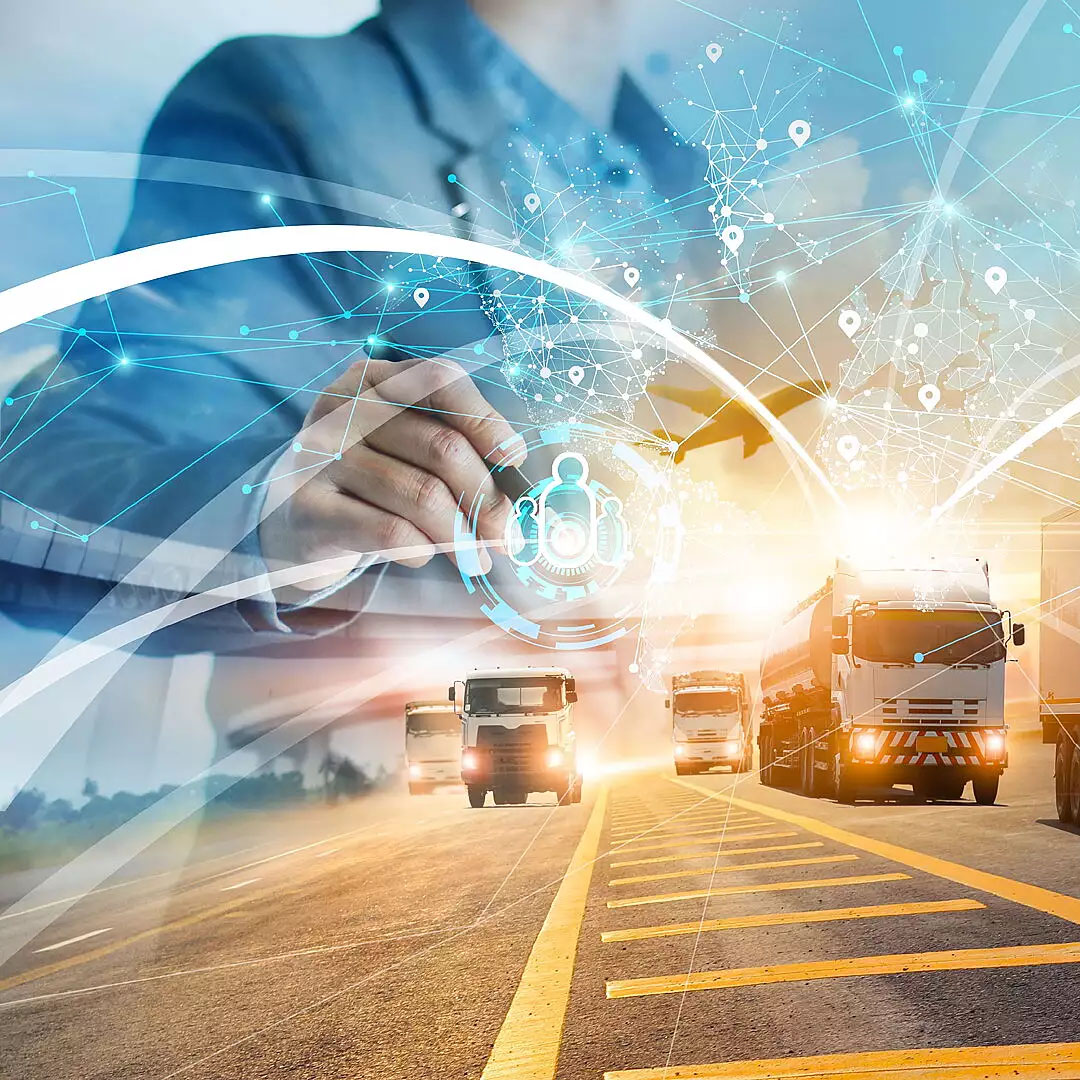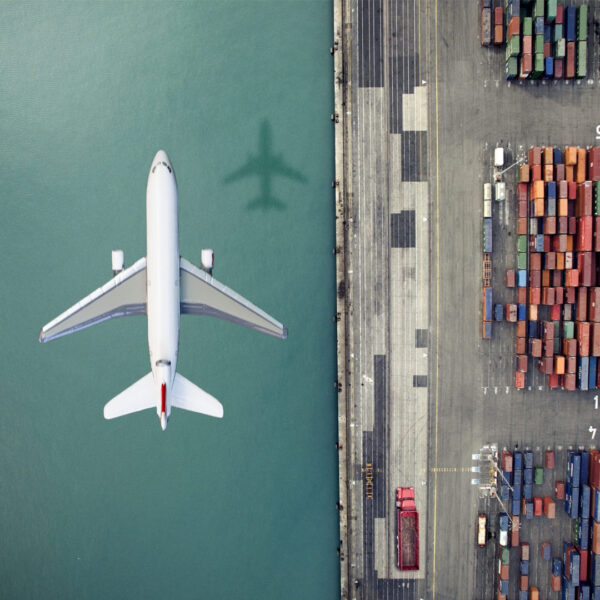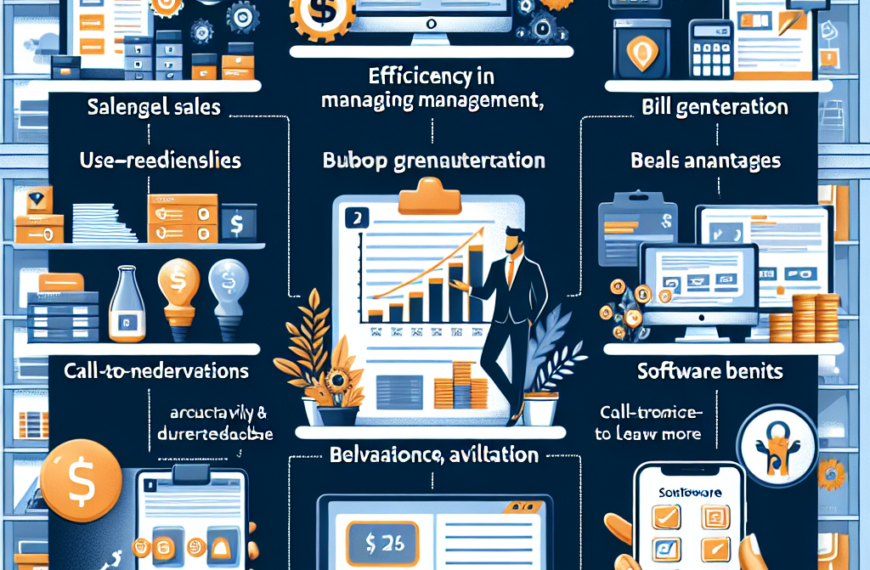On the Road Again: Exploring the World of Modern Ports
In a world marked by the ever-increasing interconnectedness of global trade and travel, ports play a pivotal role in shaping our modern existence. These bustling hubs have been the lifeblood of commerce and culture for centuries, but today, they stand at the forefront of a new era of innovation and sustainability. From the containerships that carry goods across the seas to the cruise liners that whisk us away on unforgettable journeys, the world of modern ports is a dynamic and fascinating one.
A Glimpse into the Past
Ports have been vital centers of human activity for thousands of years. From the ancient Phoenician ports that facilitated trade in the Mediterranean to the bustling ports of the Industrial Revolution, these places have witnessed the ebb and flow of history. They have been the points of embarkation for explorers, the entryways for exotic goods and cultures, and the heartbeats of countless coastal cities.
Ports of the Present
modern ports have evolved beyond mere transit points for cargo and passengers. They are now complex ecosystems of technology, logistics, and sustainability. One of the most striking developments is the sheer size of container ships that call at these ports. These behemoths can carry thousands of containers, facilitating the efficient movement of goods across the globe.
Moreover, the modern port is a hub of digital connectivity. Advanced systems and technologies enable real-time tracking and management of shipments. This not only enhances efficiency but also helps in the seamless transfer of goods from ship to shore, significantly reducing transit times and costs.
Sustainability and Environmental Concerns
The world of modern ports is increasingly mindful of its environmental impact. Ports are transitioning to cleaner energy sources and implementing eco-friendly initiatives to reduce their carbon footprint. Electric cranes, hybrid tugboats, and onshore power supply facilities are just a few examples of how ports are striving to reduce emissions and minimize their impact on local ecosystems.
Many ports are also investing in shoreline rehabilitation projects to restore natural habitats and protect marine life. These initiatives are a testament to the industry’s commitment to preserving the delicate balance between economic growth and environmental conservation.
Ports of Leisure
While ports are essential for global trade, they also offer a gateway to leisure and exploration. Cruise terminals have become pivotal components of many ports, providing an enchanting blend of luxury, adventure, and cultural immersion. Travelers can now embark on cruises that take them to exotic destinations, with the port as the starting point for unforgettable journeys.
Challenges and the Way Forward
Despite the many advances in modern ports, there are challenges to be met. Overcrowding and the need for infrastructure expansion, concerns about security, and increasing environmental regulations are among the key issues. However, as history has shown, ports have a remarkable ability to adapt to changing circumstances and continue to thrive.As we move forward into an era where sustainability and connectivity are paramount, the world of modern ports will continue to evolve. By harnessing the power of technology and embracing sustainable practices, these gateways to the world will remain vital in shaping our global future.










